NASA researchers using the James Webb Space Telescope have observed and studied two supernovae 22 million light-years away that are spewing cosmic dust into their region of the universe..
The cluster detected by the researchers supports the hypothesis that supernovae were important in feeding cosmic dust in the early universe.
NASA is studying 2 supernovas 22 million light-years away
New NASA research, which uses the James Webb Space Telescope, is published in the journal Monthly Notices of the Royal Astronomical Society. The study is based on observations of two types of Type II supernovae, Supernova 2004et (SN 2004et) and Supernova 2017eaw (SN 2017eaw), which revealed large amounts of cosmic dust within the ejecta, that is, all that material ejected during a starburst. The clump the researchers found supports the theory that supernovae played a major role in supplying cosmic dust to the early universe.
“So far Direct evidence of this phenomenon was scant“Because our capabilities allowed us to study the dust clusters of a relatively nearby supernova – supernova 1987A, 170,000 light-years from Earth,” said Melissa Shahbandeh, an astronomer at Johns Hopkins University and the Space Telescope Science Institute.
What is cosmic dust?
Cosmic dust is an essential building block of our universe: as dust from dying stars drifts through space, it carries essential elements to help give birth to a new generation of stars and their planets. Where this dust came from has puzzled astronomers for decades, but we know it today Supernovae can be an important source of cosmic dustAfter a dying star explodes, the remaining gas expands and cools, forming cosmic dust.
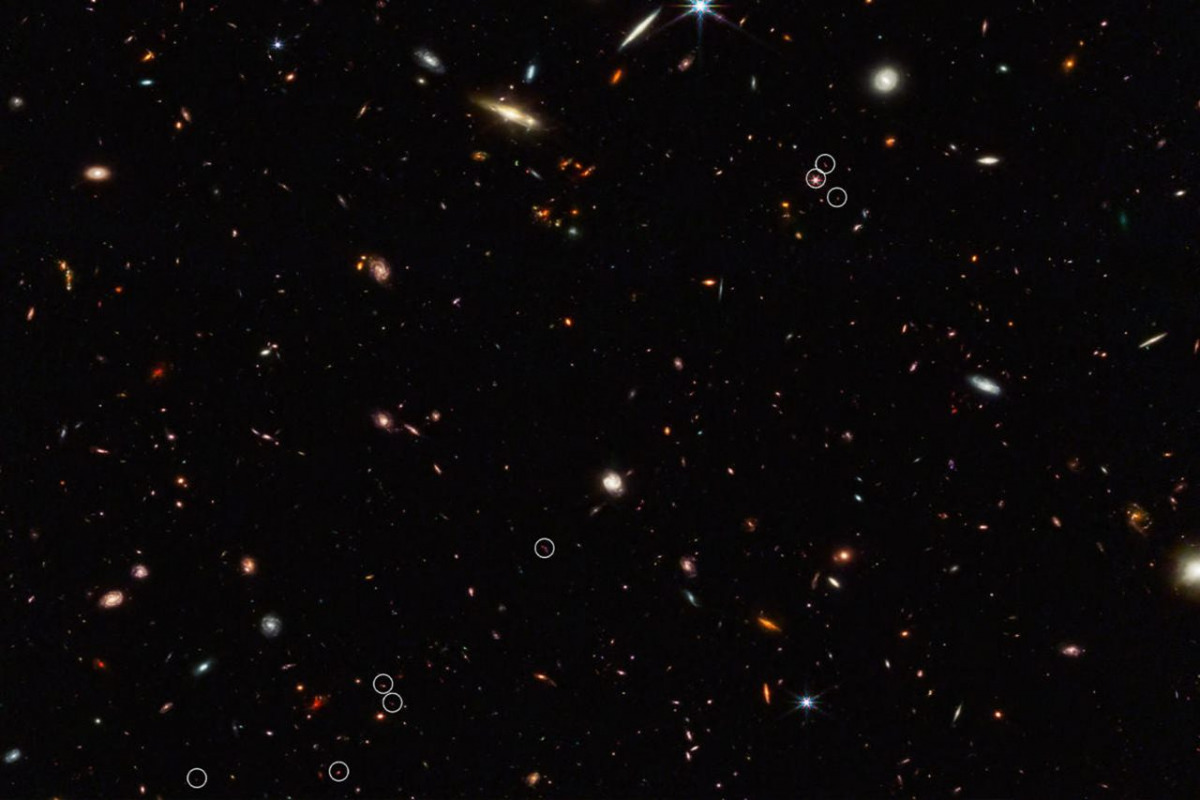
Supernovae are known to spew this dust into space when they occur, but it has been difficult for astronomers to relate them directly to the same dust that contributes to the formation of new stars. Web Notes First breakthrough in studying dust production from supernovae It has been nearly a decade since the Atacama Large Millimeter/submillimeter Array (ALMA) telescope detected newly formed dust in SN 1987A.
When the gas cools enough to form dust, this happens It can only be detected at mid-infrared wavelengthsProvided you have sufficient sensitivity.” Here is Webb, which was launched to a point in space a million kilometers from Earth in December 2021 and has released scientific images of the universe since July 2022.
Supernovae are at the center of the study
To monitor supernovae more distant than SN 1987A, such as SN 2004et and SN 2017eaw, which are about 22 million light-years away.you need a combination of wavelength coverage and extraordinary sensitivity that can only be achieved with Webb’s Mid-Infrared Instrument (MIRI). Another particularly interesting result of their study is not just the detection of dust, but the amount of dust recorded at this early stage in the life of the supernova. In SN 2004et, researchers found more than 5,000 Earth masses of dust.
“If you look at calculating the amount of dust we’re seeing on SN 2004et in particular, it rivals the measurements from SN 1987A, and that’s a fraction of the age,” added Uri Fox, Space Program Director of the Telescope Science Institute. “It is the highest mass of dust detected in a supernova since SN 1987A.”987A.
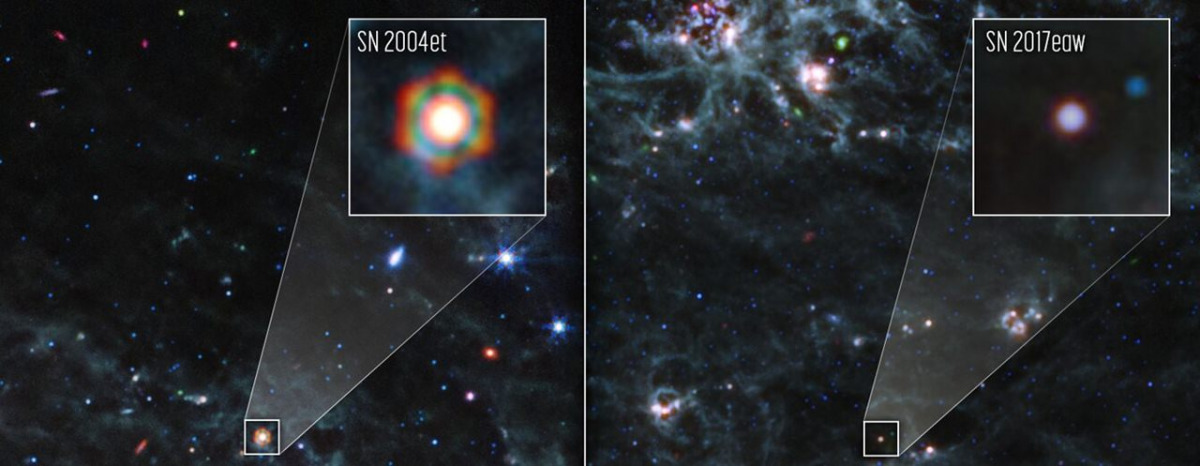
Observations have shown astronomers that young, distant galaxies are filled with this very dust, but these galaxies are not old enough to account for this massive presence. This data inevitably indicates that the dust present was derived from several stars that died soon.
A galaxy yet to be discovered
Although astronomers have confirmed a link between supernovae and cosmic dust, the question has been raised about how much of this dust can withstand the internal shocks that occur with various explosions: at this particular stage in the life of SN 2004et and SN 2017eaw, there was a lot of Dust suggests that This cosmic dust can withstand powerful shock waves.
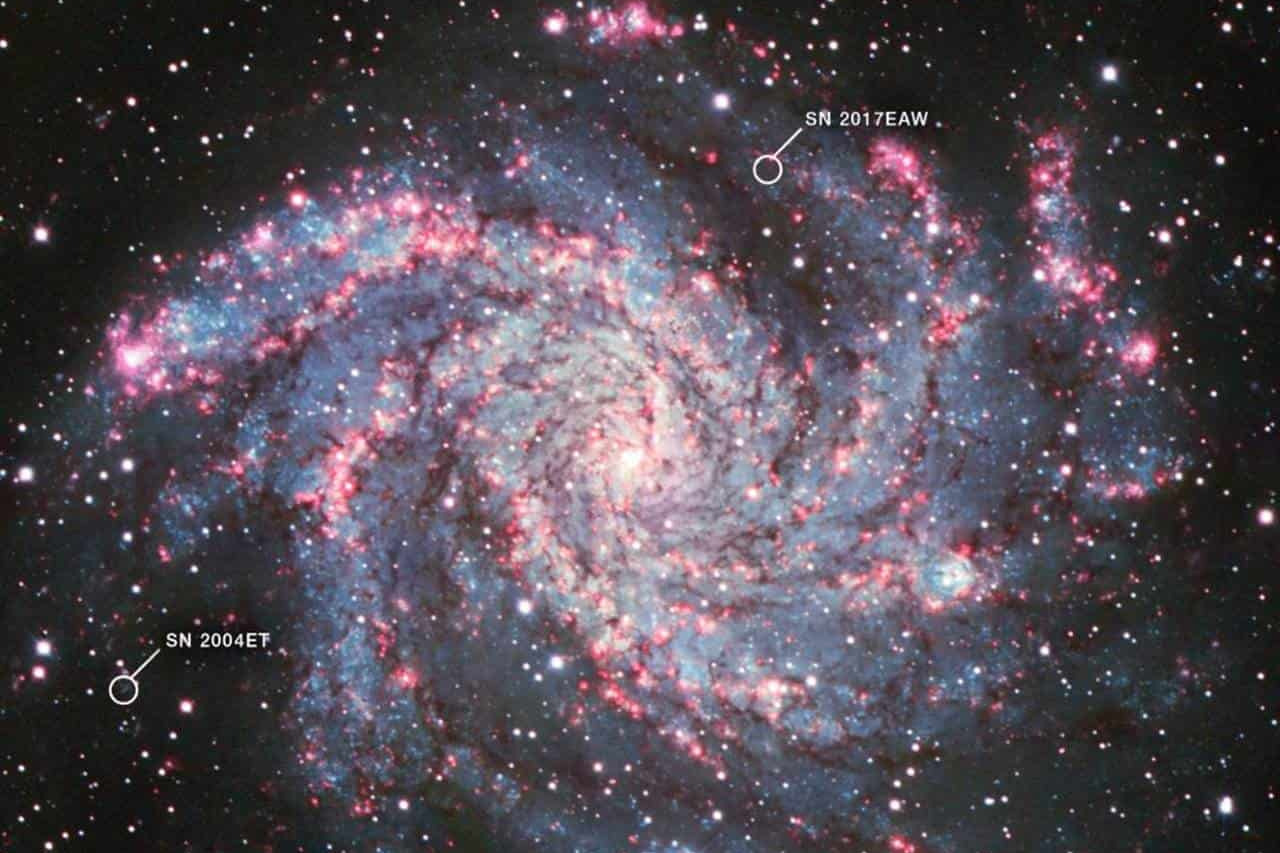
Additionally, the researchers note that current estimates may just be the tip of the iceberg. Although Webb allowed the researchers to measure glacial dust privately, There may be cooler dust that has not been detected that radiate, from a farther distance, in the electromagnetic spectrum and which remain obscured by outer layers of dust.
However, according to the researchers, the new discoveries in this regard are just a hint of the unprecedented possibilities offered by the Webb telescope: “There is growing enthusiasm to understand what this dust even on the core of the exploded star means. After reviewing these specific findings, I believe our fellow researchers will consider innovative ways to work with these dusty supernovae in the future. ”

“Internet trailblazer. Travelaholic. Passionate social media evangelist. Tv advocate.”




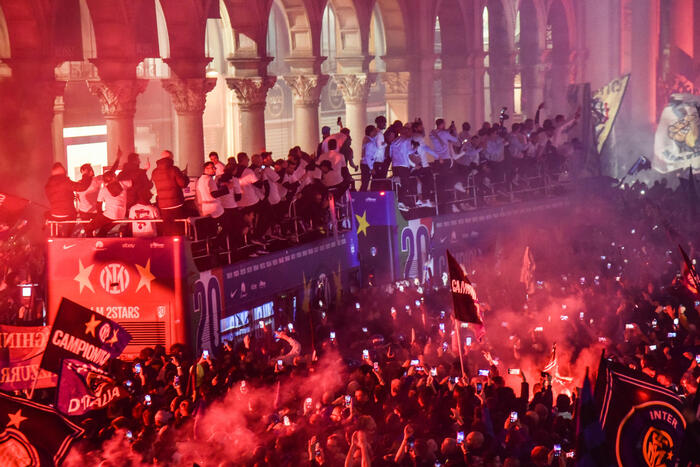

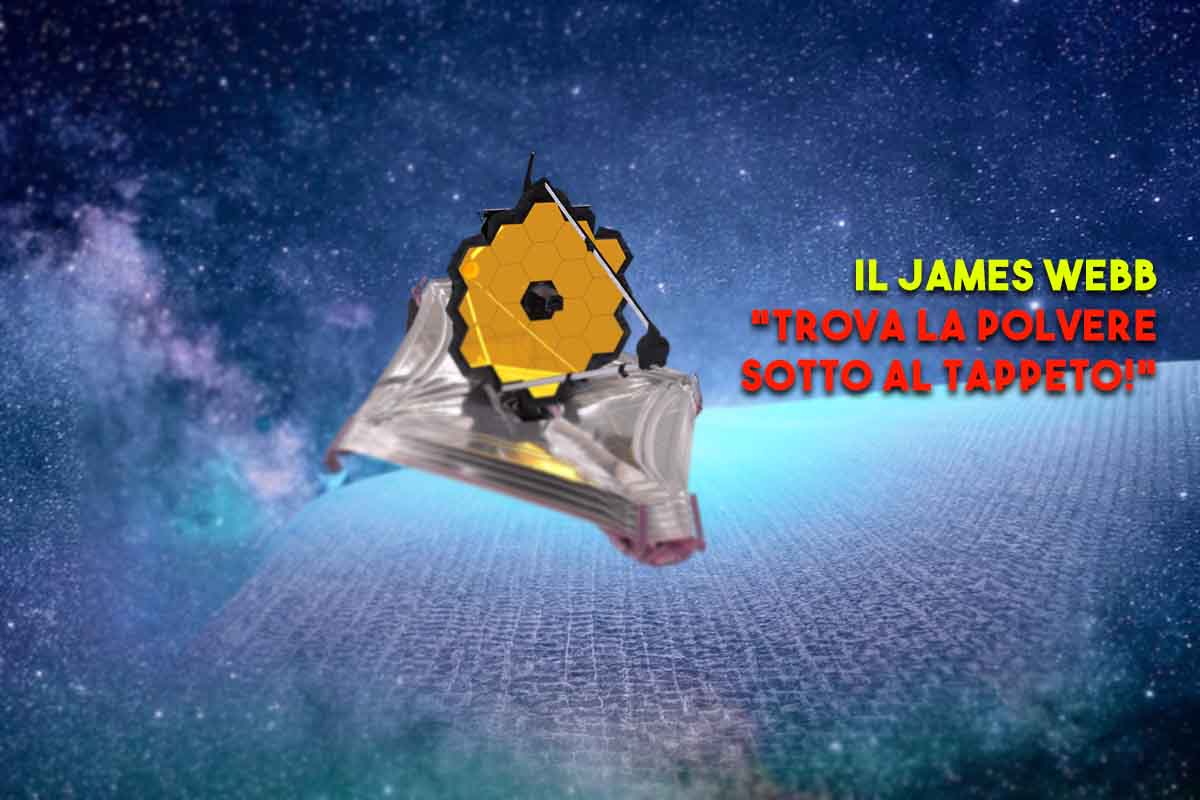
More Stories
Listen to the haunting sound of space thunder recorded on Venus in 1982
Watch a real video of the comet's surface
Moon and Earth photographed from 1.5 million kilometers away: Watch NASA's stunning video